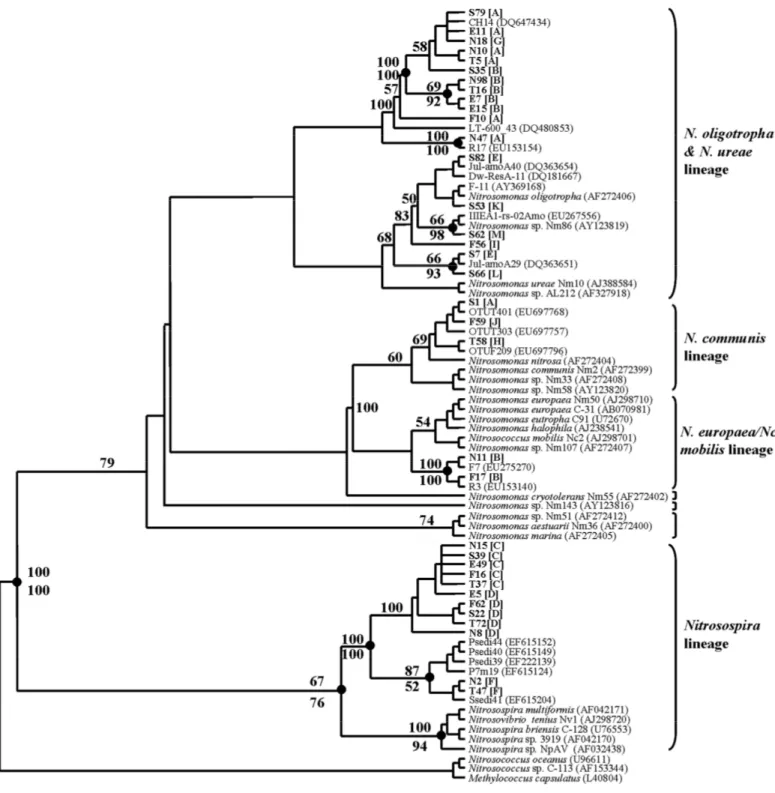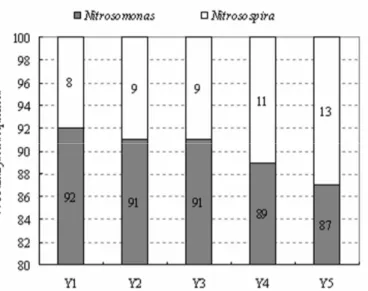ABUNDANCE AND DIVERSITY OF AMMONIA-OXIDIZING BACTERIA IN RELATION TO AMMONIUM IN A CHINESE SHALLOW EUTROPHIC URBAN LAKE Shanlian Qiu
Texto
Imagem




Documentos relacionados
Prediction of ammonia emission from dairy cattle manure based on milk urea nitrogen: relation of milk urea nitrogen to ammonia emissions.
Currently, a broad spectrum of physico-chemical technologies for the removal of nitrogen from wastewater is available: ammonia air and steam stripping; ammonia
Esta investigação, possibilitou averiguar e analisar a perceção da qualidade de vida relacionada com o estilo de vida, chegando-se às seguintes conclusões: a perceção da
Measurement of ammonia vapor is required in numerous applications including the chemical and beverages industries and cooling systems [1]. Recent advances in
O estudo envolveu a caracterização do material em termos físicos (determinação da distribuição granulométrica, área superficial especifica e morfologia das
Este estudo identificou algumas formas sobre como o fenômeno viral afeta o comportamento do indivíduo para o compartilhamento de vídeos publicitários em relação às
A contribuição principal desta pesquisa é o modelo de diagnóstico do perfil cognitivo do gestor, e de que tipo de estratégia está adotando frente à busca de
The copy numbers of total bacteria, ammonium-oxidizing bacteria and diazotrophic bacteria were higher in soils planted with legumes, which provided better conditions for
